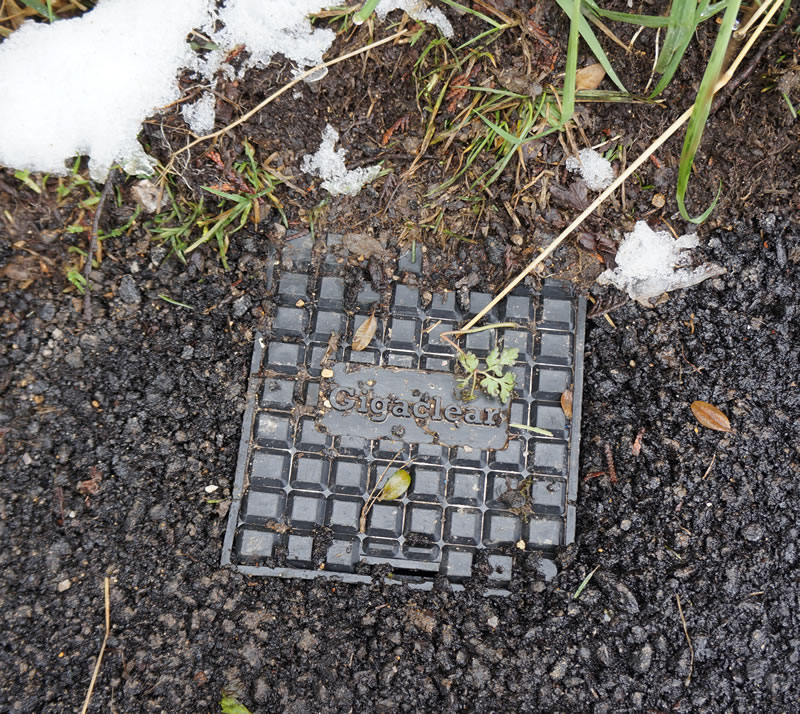A lot of focus recently has been on the government funding currently being awarded to BT to deliver high speed broadband services to the majority of the country. However the realisation that one, they don’t have enough resource to meet the government targets and two, will not be covering 100% of households means there is still a lot of scope for other businesses to feed this need.
What has been interesting is not the glut of existing alternative providers meeting this need in the form of SKY, TalkTalk, or Virgin but more the new players to the market such as Gigaclear, Hyperoptic, IFNL and City Fibre. And while I appreciate SKY and TalkTalk don’t currently invest in the last mile (sub loop and working with Openreach being the preference) they do have the resources to do so, but instead it is these new players maximising on the opportunity for Fibre to the Home (FTTH). With Google today announcing plans to bring fibre to the home to Austin, Texas it shows that the big players should be taking a more active involvement.
Anyway with a recent visit to see one of Gigaclear’s rollout south of Oxford I was able to observe the solutions they have come up with to meet with the demands of such a project. I suspect it is this kind of innovation that the larger players would be less likely to take such as the pragmatic approach to the dig to the whole concept of self installs from the edge of the customer’s boundary into their home.
Apparently self-installs have proven popular and surprisingly ended up with less support calls demonstrating their effectiveness. Yes it is going to take time to roll out these services across the UK but with the focus on the true next generation of service (ie FTTC) and not short term solutions such as fibre to the cabinet (FTTC) the future looks bright.
We just have to continue our efforts with the Service Exchange Platform to ensure all these networks are as widely available as possible and deliver customers with choice.



Leave a Reply